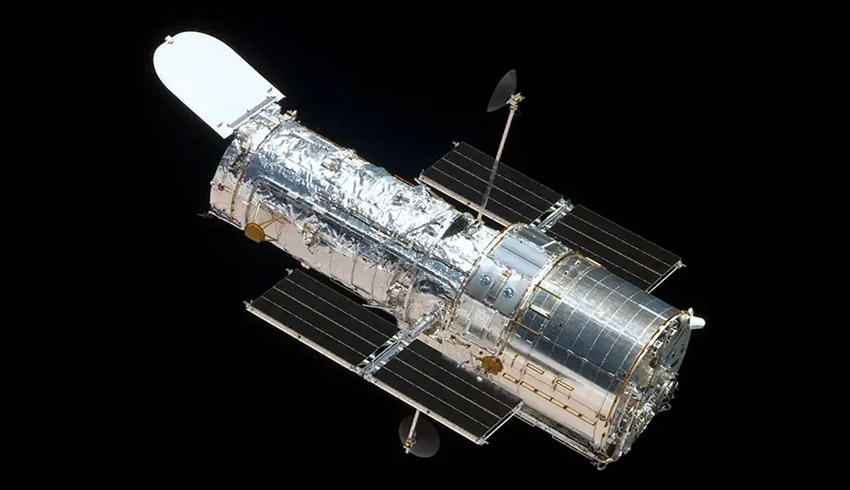The glitch, which occurred on 13 June, saw NASA's Hubble Space Telescope – a low orbit spacecraft – break down, causing all data collection to stop.
Since then, NASA has run multiple tests on the system to find the root of the issue. An attempt to restart the system failed on 14 June, and the space agency has still not been able to successfully reboot it.
The telescope is equipped with two payload computer systems, one which serves as a backup, both located on the Science Instrument and Command and Data Handling unit (SIC&DH).
The systems coordinate and control science instruments, bridges communications, passes signals and stores operational command memories.
Last week, NASA attempted to restore the backup computer for the first time in space, however it “experienced the same error" seen in the primary computer, according to the statement.
“Since it is highly unlikely that all individual hardware elements have a problem, the team is now looking at other hardware as the possible culprit," the space agency added.
These possible issues would include the Command Unit/Science Data Formatter (CU/SDF), and another module on the SIC&DH unit.
These units are of paramount importance to the telescope, as they send commands and data to specific destinations, such as science instruments.
“Over the next week, the team will continue to assess hardware on the SI C&DH unit to identify if something else may be causing the problem,” the NASA statement said. “If the team determines the CU/SDF or the power regulator is the likely cause, they will recommend switching to the backup CU/SDF module and the backup power regulator.”
Previously, NASA was investigating whether the issue stemmed from the Standard Interface (STINT) Hardware, which is also an instrumental aspect of its communication operations.
The payload was built in the 1980s, and after 18 years in orbit, its original SI C&DH unit failed in 2008, delaying the final servicing mission to Hubble while a replacement was being built. A year later in May 2009, the STS-125 was launched and then the existing unit was reinstalled.
Despite this recent problem, NASA said, “The telescope itself and its science instruments remain in good health and are currently in a safe configuration.”
The Hubble has been orbiting for 31 years and has contributed to various discoveries of solar systems and galaxies. Compared with other spacecraft, the Hubble Telescope provides wavelength coverage that many other optical telescopes cannot achieve.
While ageing has impacted its operational duties over time, and some believe it has reached its limit, industry sources believe it is worth the maintenance.

Isabella Richards
Bella Richards is a journalist who has written for several local newspapers, her university newspaper and a tech magazine, and completed her Bachelor of Communications (Journalism) at the University of Technology Sydney in 2020. She joined Momentum Media in 2021, and has since written breaking news stories across Space Connect, Australian Aviation and World of Aviation.
You can email Bella on: [email protected]

